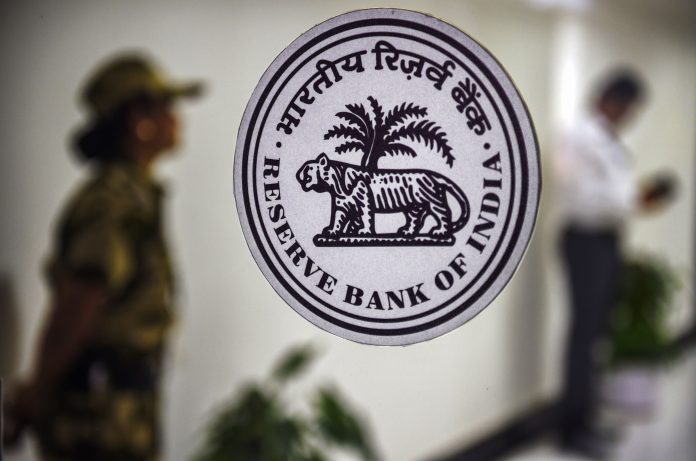The Reserve Bank of India (RBI) has recently introduced a pivotal directive that mandates uniform interest rates on bank deposits across all branches. This move aims to enhance transparency, eliminate discriminatory practices, and streamline the banking sector’s approach to deposit interest rates. The directive, issued through a comprehensive Master Direction (MD), took effect immediately and is expected to reshape how banks structure their deposit schemes.
In This Article:
Understanding the New RBI Guidelines
As per the new RBI guidelines, commercial banks must establish a board-approved policy on deposit interest rates. The policy will ensure that:
- The interest rates remain consistent across all branches and customer segments.
- No discrimination occurs between deposits of the same tenure and amount.
- Interest rates strictly follow a pre-disclosed schedule, eliminating any scope for negotiations.
- Bulk deposit interest rates are recorded in the core banking system for supervisory review.
This directive covers all deposit types except current account deposits and is designed to protect depositors from arbitrary changes in interest rates by banks.
Why RBI Enforced This Change
The RBI’s decision stems from the need to create a fairer banking system. Previously, discrepancies existed in how banks offered interest rates to different customers based on negotiation power, branch location, or relationship with the bank. By ensuring uniformity, RBI aims to:
- Foster greater transparency and trust in banking services.
- Protect small depositors who may not have the leverage to negotiate higher rates.
- Simplify deposit schemes for customers, making banking more accessible and reliable.
Impact on Depositors
For retail customers, this change means greater clarity and fairness in interest earnings. Some key takeaways include:
- No Negotiation Advantage: High-net-worth individuals and corporate clients can no longer secure better rates through private negotiations.
- Predictability in Interest Earnings: Customers can now accurately forecast their returns based on a publicly available rate schedule.
- Fair Treatment: All customers depositing similar amounts for the same tenure will receive equal benefits, regardless of their banking relationship.
Implications for Banks
Banks must now align their deposit strategies with RBI’s standardized framework. This will lead to:
- Operational Adjustments: Banks will have to modify their internal systems to maintain uniformity in interest rate application.
- Regulatory Scrutiny: Increased RBI supervision will ensure compliance with the new rules, making deviations punishable.
- Revised Customer Engagement Strategies: Since banks can no longer use interest rate variations as a tool for customer acquisition, they will need to rely on superior service offerings and digital banking innovations to retain customers.
Interest Calculation Under New Rules
The directive also establishes clear guidelines on interest calculations:
- Savings Deposits: Interest will be computed on a daily product basis, ensuring uniformity.
- Term Deposits Maturing on Non-Business Days: If a term deposit matures on a non-working day, banks must pay interest at the originally contracted rate until the next working day.
- Recurring and Reinvestment Deposits: Interest will continue accruing over non-business days until payout occurs.
These provisions ensure that customers receive fair returns, regardless of banking holidays or operational delays.
Differential Interest Rates for Savings Deposits
While RBI mandates uniform rates for deposits up to ₹1 lakh, banks can offer differential rates for balances exceeding this limit. This means:
- Small depositors will receive the same interest rate across banks.
- Larger savings account holders might still enjoy higher interest earnings based on their end-of-day balances.
Market Reactions & Expert Opinions
Financial analysts see this move as a step toward greater standardization in India’s banking system. Experts believe it will:
- Enhance customer trust in financial institutions.
- Encourage individuals to save more, knowing that their returns will not be subject to arbitrary fluctuations.
- Reduce unhealthy competition among banks, which previously used interest rate variations as a marketing strategy.
RBI’s directive for uniform interest rates is a landmark move in India’s banking sector. By ensuring consistency and fairness, the central bank is protecting depositors and reinforcing the stability of the financial system. While banks may need time to adjust their operations, the long-term benefits include increased transparency, depositor confidence, and a healthier banking ecosystem.
By – Jyothi
Also Read – Piyush Goyal Urges Indian Startups to Focus on High-Tech Innovations Over Delivery Services




